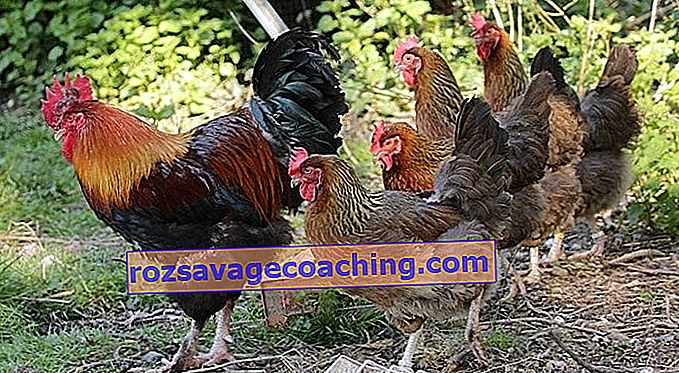
The Maran chicken breed is considered to be quite common on farms around the world. The birds owe their popularity to the unusual chocolate-colored eggs. In addition, they have a high level of strength. Products are not the only thing that Maranov are so valued for. These chickens have many unrivaled qualities.
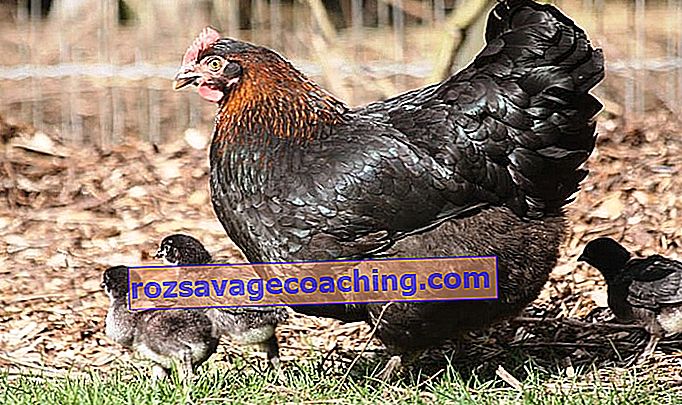
Origin and characteristics of the breed
Maran chickens were bred back in 1885 by French breeders. However, glory did not overtake the birds immediately. Farmers started talking about it only in 1914, after the chickens made a splash at the La Rochelle exhibition. The name of the breed corresponds to the name of the city in which the birds were bred. It is worth noting that the climate in these places is very harsh. Therefore, marans have adapted to any bad weather and easily endure winter.
However, chickens are best kept in a warm place so they can be carried.
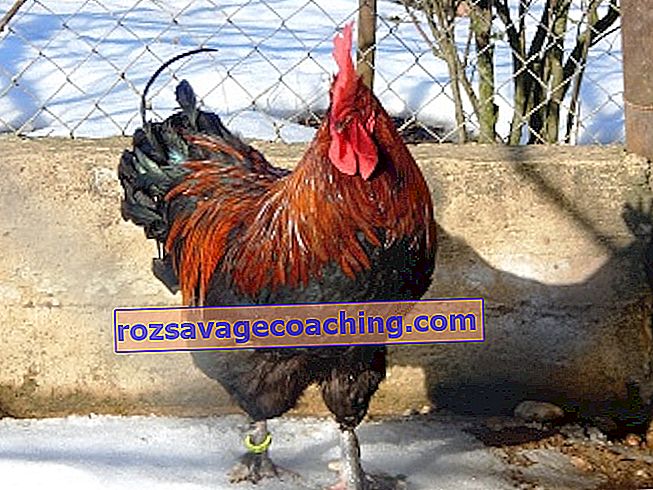

In Europe, marans are widespread. In Russia, however, it is quite difficult to find high-quality and thoroughbred poultry, since there are no large farms in the country specializing in this breed of chickens. Not so long ago, large farms began to significantly expand the range of poultry, and soon it will not be difficult to acquire a marana.
According to the description, outwardly marans look very attractive. Their stately appearance stands out from the rest of the pack. They have a massive and large body, but even due to the size of the birds, they cannot be called clumsy.
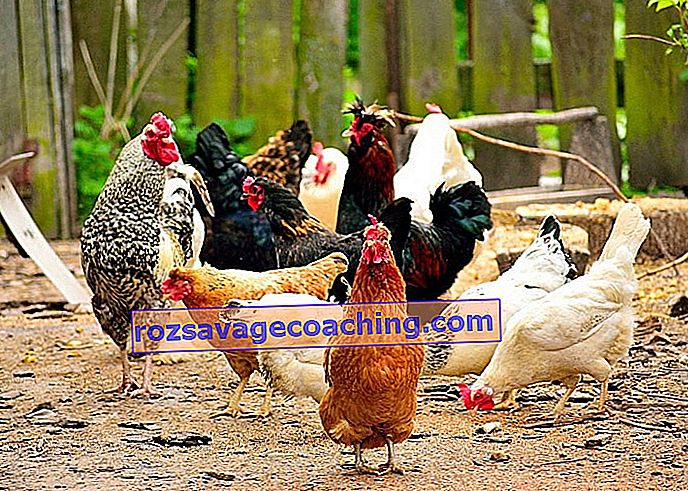
Features of the Maran chicken breed are as follows.
- Birds have contrasting plumage, and even molt does not spoil their appearance, but only changes their tone. The color range of the maran plumage is quite diverse, it can be both dark and light tones, with different tints.
- The plumage is close to the body of the hen. The birds are of medium size, the body is oblong, the shoulders are wide, and the chest is convex. The neck of marans is massive and long, the feathers on it are arranged so that they create the effect of a collar.
- Marans have short wings, a long tail, their thick limbs are of medium size, and can be white or yellow in color. The bird's head is slightly flattened and of medium size.
- The bird's comb is standard, red, rigid structure. Chickens of this breed have long red-colored earrings.
- The hocks, like the toes, have a light plumage.
- Small eyes of chickens are golden in color.
- A curved shape is inherent in the yellow beak of the bird.
- The weight of a maran rooster can reach 4 kilograms. The weight of the female is 3 kilograms.
- Delicate maran meat is famous for its incredible taste. However, the main thing for which these chickens are so loved is their eggs. They are large, with a maximum product weight of 80 grams.
- A variety of marans is considered to be medium late, this is due to the beginning of the egg-laying period. Birds become sexually mature upon reaching 6 months. The first eggs of hens can weigh up to 55 grams and are white in color. Over time, chickens begin to lay larger, darker eggs.
- The egg production level can on average reach 140 eggs per year. The conditions for keeping poultry have a great influence on this factor.
- Chickens can live up to 7 years. High productivity is observed at the age of 2-3 years. After that, a complete replacement of the livestock is made.
- Among the birds of this breed, there are dwarf species, the weight of females reaches only 800 grams, and males - 1 kilogram.
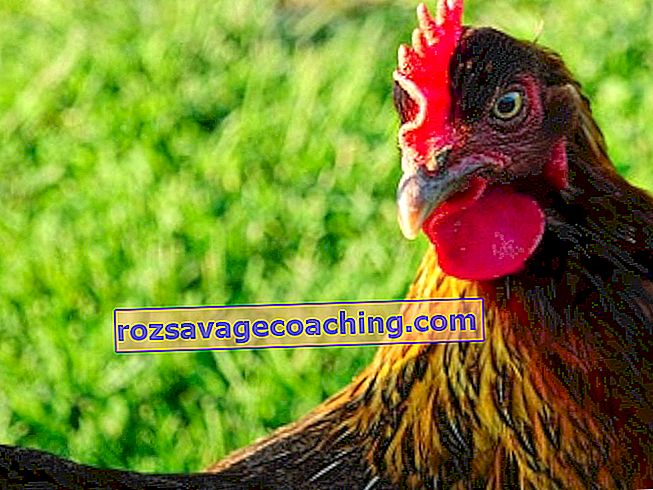
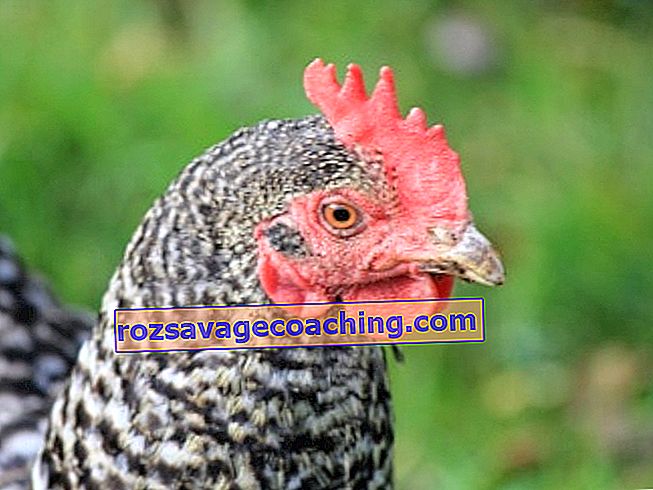
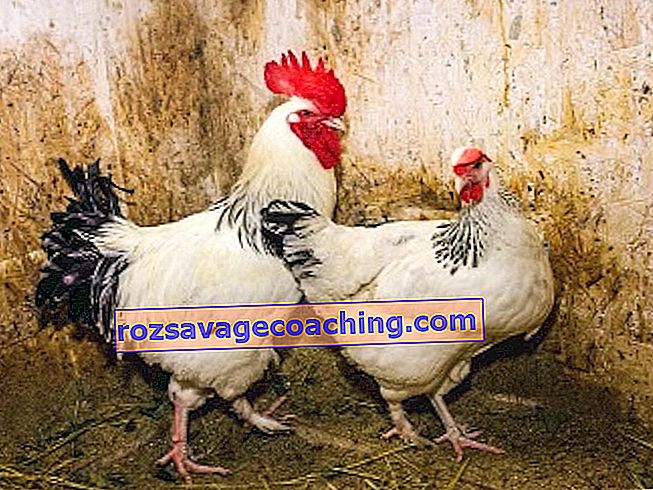
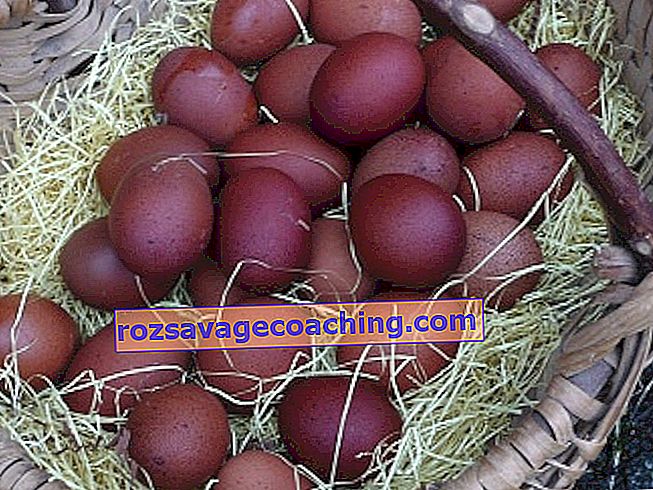
Pros and cons
Marans have practically no significant disadvantages. The only negative point is their strong shell. This feature is often a serious obstacle to the birth of chickens. It is very difficult for them to break through such a powerful shell.
If we talk about the pros of the breed, then the marans have much more than the minuses.
- High palatability of meat and eggs.
- High level of adaptation. Thanks to this, breeding of birds is possible in any conditions. This is because the strong shell does not allow parasites to enter the egg.
- High fertility and survival rate of chickens.
- Chicken eggs are very large in size, the same can be said for bird carcasses.
- Eggs of chocolate color lend themselves to long-term storage and tolerate transportation well due to their strength.
- Marans have good immunity and almost never get sick.
- Chickens will not cause much trouble in keeping. The reason is the calm nature of both hens and roosters.
- Males of marans have a high level of activity, which has a positive effect on the offspring.
- In care, such chickens are completely unpretentious and will not cause much trouble to the farmer.

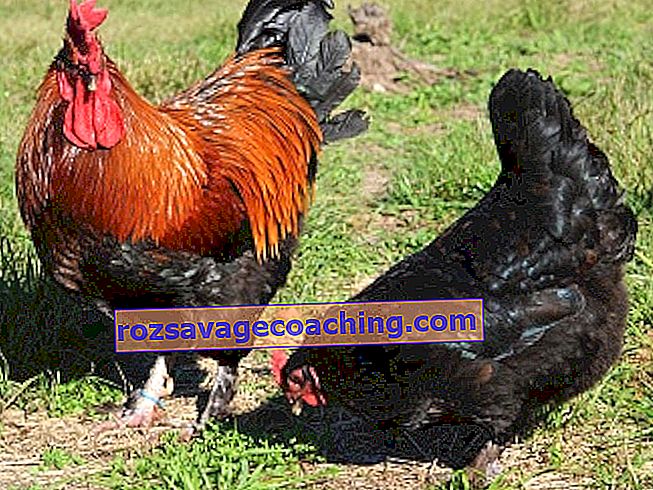
Varieties of colors
In the course of long-term breeding work, experts bred a large number of representatives of the Maran breed of various stripes. These birds have a rather diverse color, but from their ancestors they received the so-called birthmark in the form of specks on the plumage.
Types of maran colors are as follows.
- Wheat . This variety is characterized by brown plumage in the area of the tail, mane and head. There are also representatives of golden-red color. The back is characterized by a deep red color, and the wings are painted in a light red hue. The flight wings are black with a bright green tint. The black tail has an emerald sheen. Clusters are characterized by a lighter color, most of them are golden-red. The chest and abdomen area has a wheat hue. The down is characterized by a milky color.
The color standard for all marans of this variety is the same, the plumage should be cream, wheat and dark red.

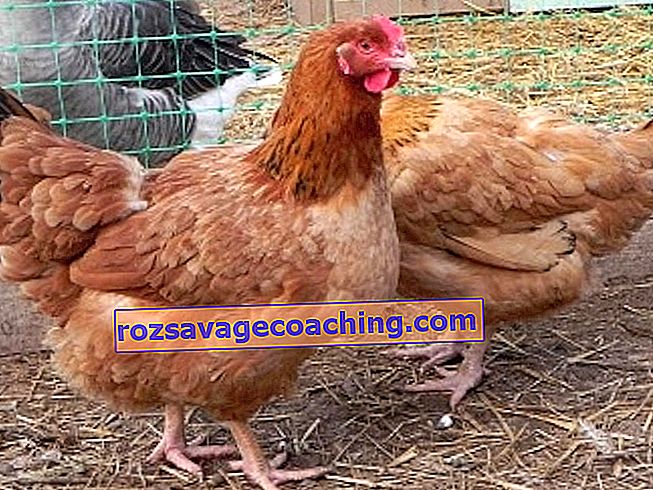
- Silver cuckoo . Marans are lighter in color than chickens. This condition is mandatory for the variety. The variegated plumage has a pale red hue, decorated with specks along the body.
Due to their genetic characteristics, the offspring of such birds may have black plumage.
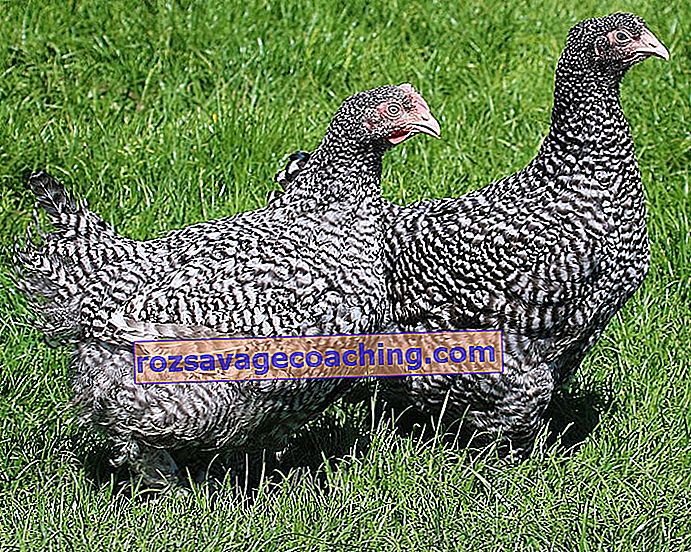
- Golden cuckoo . Such chickens have a bright yellow hue in some places. The shoulders are characterized by a red plumage. The main part is painted in a silvery cuckoo color. Females of this species have yellow plumage only on the head and neck.

- Black and copper . The body and tail of representatives of this species of birds have black plumage. The area of the waist, mane and head is copper-colored. The intensity of this color can be different, the main condition is the presence of such a color. Males can have black plumage on their back and loins.
The chicken, like the rooster, has only two colors of plumage.
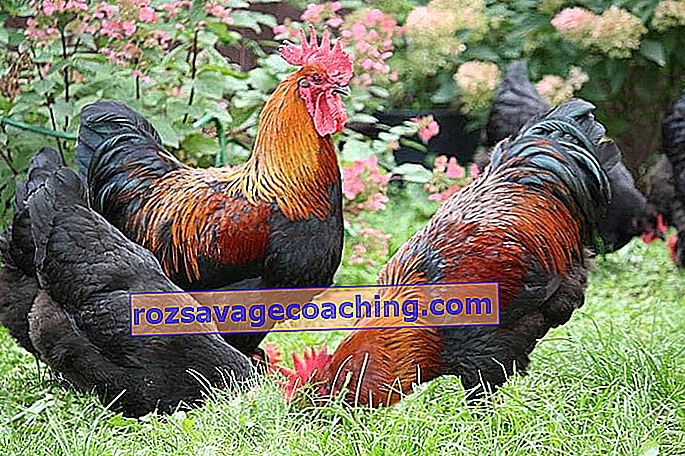
- White . These chickens have a rich white plumage. In some places on the body, roosters may have yellowish tints. Metatarsus of white marans are pink.

- Speckled . This variety of chickens is characterized by white plumage, on which small round spots of brown or red are located.
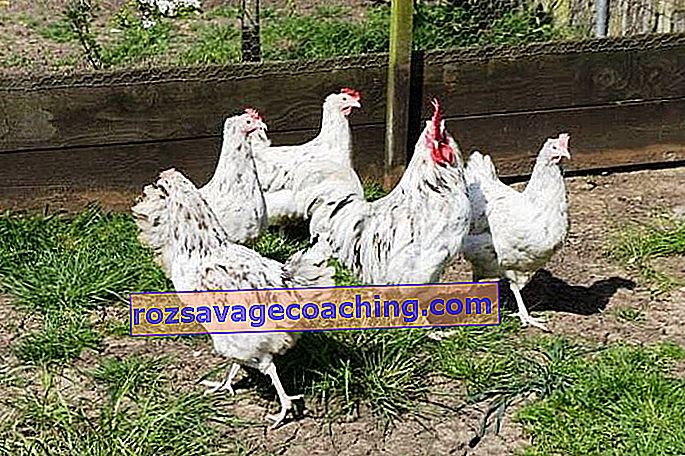
- Lavender . The basis of the plumage color are black and red pigments. A special gene of birds makes it lighter, and then their feathers become blue or milky. The offspring of lavender chickens can have red or black plumage.
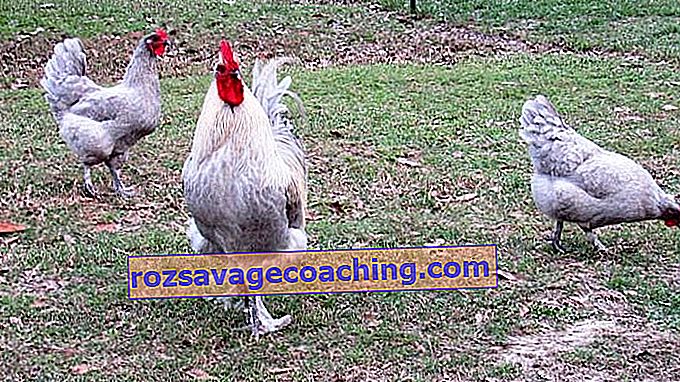
- Silver black . The color of the plumage is similar to the copper-black suit of birds. The only difference is the absence of red feathers on the tail and neck. Instead, these zones have silver plumage.
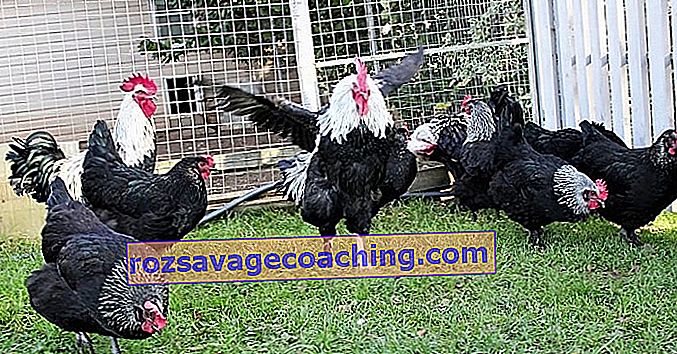
- Colombian . The body of these chickens is covered with white feathers and down of the same color. The plumage in the area of the mane is black, decorated with a white edging. The upper part of the flight feathers is painted in snow-white color, and the lower part is black. Metatarsus have a pale pink tint.
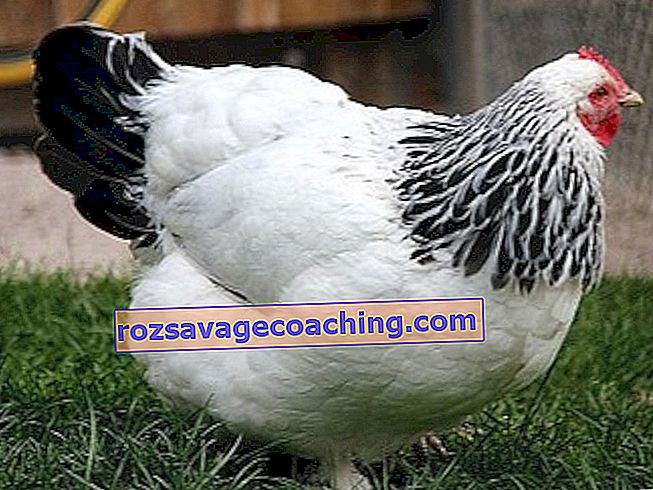
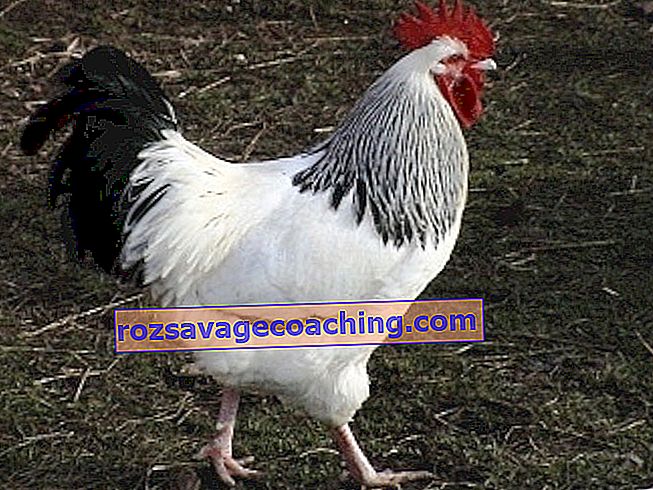
Content rules
Before you start a maran, it is recommended that you familiarize yourself with all the nuances of keeping individuals of this breed. A distinctive feature of marans is their calm and docile nature. In the case of mixed housing, up to 3 males per 30 hens can be kept in a flock.
Such birds very rarely fight and perfectly coexist.
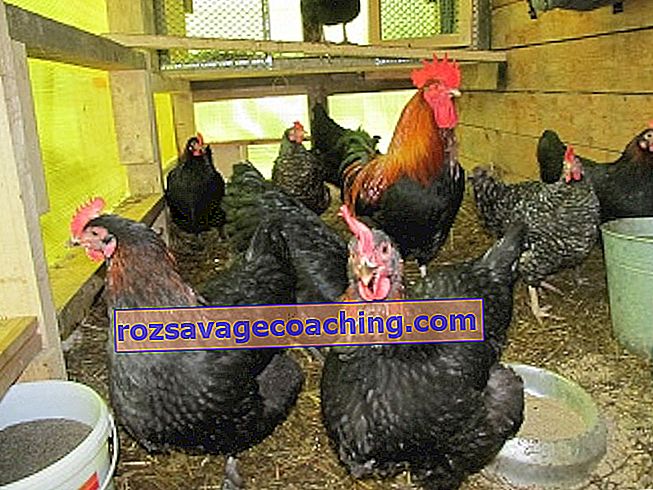
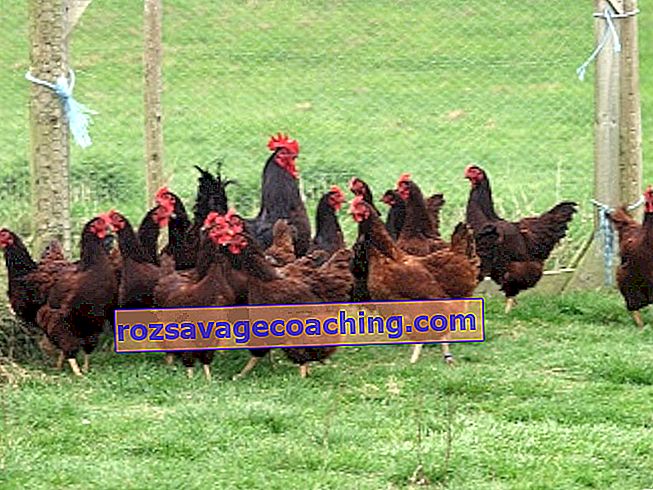
Chicken coop
The chicken room must be warm and dry. The chicken coop should be protected from drafts. It also needs to be provided with enough light. It is recommended to illuminate the room for at least 12 hours, especially in the winter season. The temperature in the hen house all year round should be at least 15 degrees Celsius. In winter, farmers install a heater in the hen house as an additional source of heat. The floor should be covered with sawdust or straw, which should be changed at least 2 times a month.
The increased moisture level can harm the condition of the chickens, therefore it is necessary to regularly ventilate the barn in which they are kept.

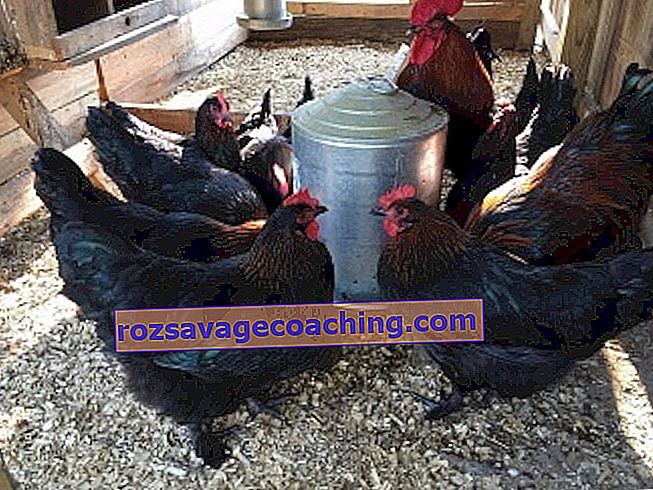
Nutrition
The rules for feeding marans are not much different from other birds of this species. A balanced diet must be provided for high egg production rates, as well as for the normal weight gain of birds. It is strongly not recommended to overfeed the chickens. Underfeeding also badly affects the condition of the maran. Such a diet can reduce the performance of hens. For chickens and adult chickens, you need to make the right diet.
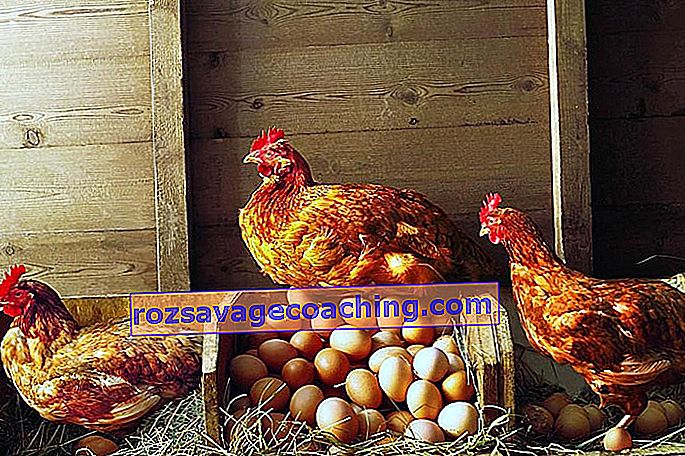
To provide young animals with normal development and growth, it is necessary to feed the birds according to a certain scheme.
- 1 to 3 days. The nutrition of newborn chickens during this period is based on boiled eggs and low-fat cottage cheese. Birds should be given food every 2 hours.
- 3 to 6 days. These days, the young stock ration needs to be filled with foods such as ground wheat grains and corn grits.
- 6 to 9 days . Shell rock and crushed eggshells are added to the diet. Food is given 5-6 times a day.
- From 10 days . The number of meals is reduced to 4 times a day.
- From 14 days . The diet includes products of plant origin.
For the prevention of stomach diseases, it is recommended to give chickens a weak solution of potassium permanganate. This procedure should be carried out no more than once a week. Upon reaching 4 months of age, the chicks switch to a diet intended for adult birds. One adult chicken consumes about 75 grams of compound feed per day, if this product is the basis of nutrition.
It is better to divide the food into several meals, otherwise if you pour out the entire norm at one time, the birds will eat everything, after which they will remain hungry.

Be sure to include vegetables and herbs in the diet of chickens . In summer, birds feed on grass, and can also be given chopped vegetables and cabbage. Laying hens need feeding. They should be fed several times a day. In order for the products to be of good quality, a normal amount of greens should be added to the diet.
The chicken's diet consists of protein and carbon feed (70% of the total weight). From an early age, chickens should receive vitamins and all nutrients. Some feeds already contain the necessary elements to keep birds healthy. Many farmers prefer amaranth-based foods. They note that this supplement, which is used for feed, is enjoyed by birds. Additional food is given separately. So the bird itself will be able to decide what to eat and in what quantity.

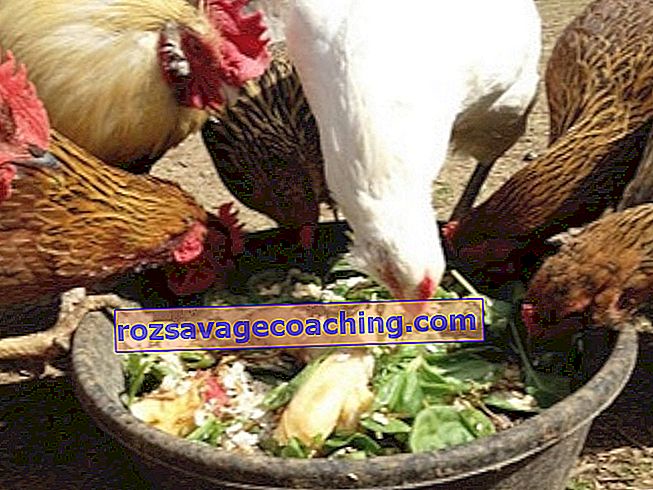
Place for walking
The birds weigh a little, so they are not able to fly. Due to this feature, farmers never fence off a walking area with a high fence. In order for the birds to lead an active lifestyle, a large area is organized for them to walk. If the birds move a little, it will lead to problems with excess weight. Along the perimeter there should be small vessels filled with sand and ash. Such baths protect chickens from parasites that can provoke various diseases and reduce productivity.
To prevent the rain from harming the birds, it is recommended to cover half of the walking area with a roof.
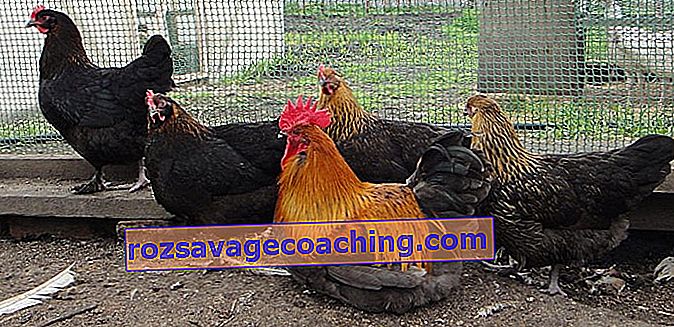
Possible problems
It happens that, for some reason, in a flock, birds begin to peck at the tails of its weaker representatives. This behavior is considered pathological for members of the species. It manifests itself in the form of aggression by eating the feather of a dead chicken. Birds can also damage the cloaca and skin of their neighbors. There are 3 main reasons for cannibalism among chickens: characteristics of the breed of chickens and their socialization, conditions of detention, nutrition.
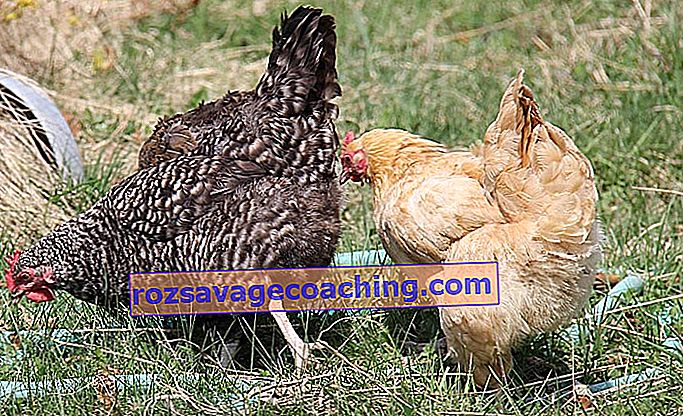
A separate cage is made for the affected bird and removed from the flock. The damaged area must be treated with hydrogen peroxide. Then the treated wound is lubricated with oily disinfectants:
- ichthyol ointment;
- iodine;
- glycerol;
- tar ointment.
In this case, you should find out the reason for pecking among chickens and try to eliminate it. It is best to improve the conditions for keeping birds, as well as make changes in their diet. A sick and weak bird is removed from the common chicken coop.

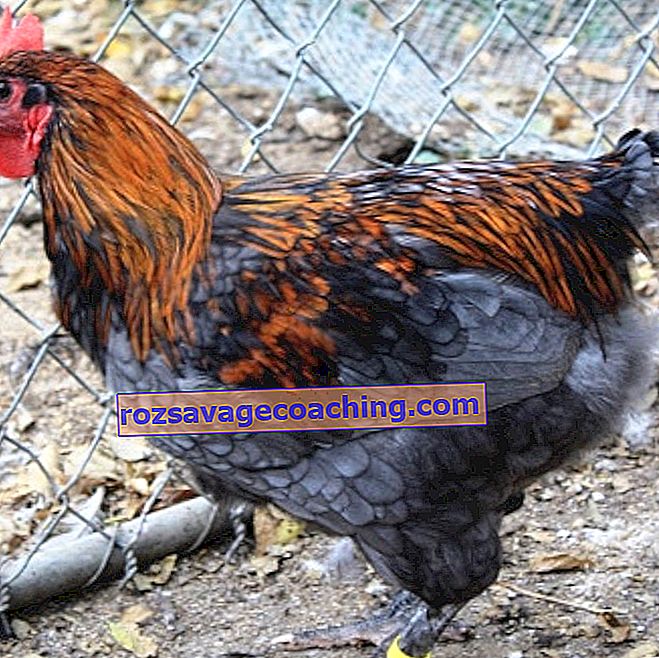
Breeding
Before starting the process of breeding and rearing marans, you need to choose a hen for breeding new offspring. A chicken with a high level of egg production is suitable for this role. You should also pay attention to the appearance of the bird and its compliance with the breed standard. The chicken must be calm, medium in size, and at least 2 years old.
The optimal age for a brood hen is 2-3 years.
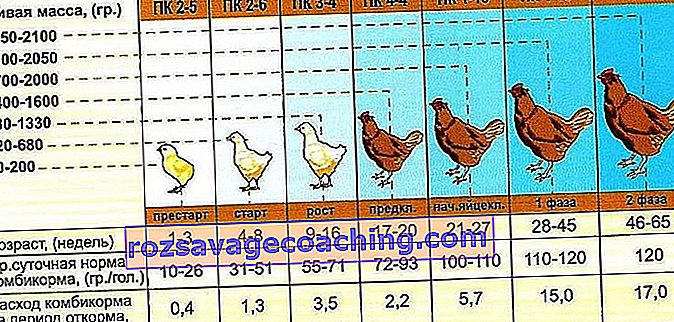
Fresh eggs are recommended for the breeding process. They should be large and dark in color. As stated earlier, the biggest problem in breeding is the thick and tough shell. It so happens that the embryos cannot destroy it and later die. There is a way that most embryos can be preserved. Eggs should be placed on the side and well ventilated. Thus, a large amount of oxygen will enter the egg.
To prevent the embryo from drying out, the eggs should be turned over to the inside of the shell once every 2 days.
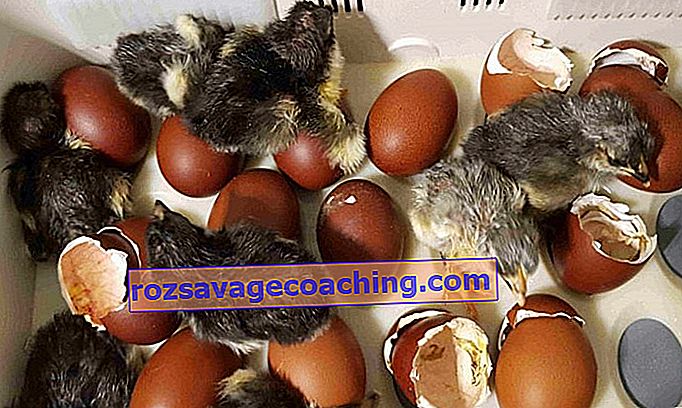
Maran eggs are rather large, so no more than 10 of them can be put under the chicken. The room where the hen will incubate the eggs should be at a normal temperature, the heat is considered unacceptable. The humidity level should be up to 75%. The incubation period lasts for 20 days. When the chicks begin to hatch, it is advisable to be there in case any difficulties arise.
It is recommended to leave no more than 3 chickens under the hen, so the hen can quickly get used to them. After that, the rest of the offspring is placed to the mother.
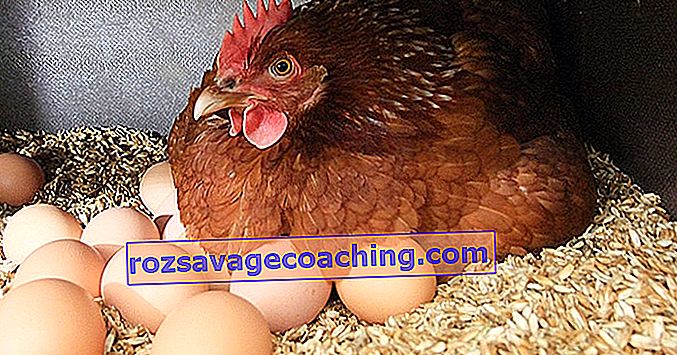
Diseases and their prevention
By adhering to certain rules, you can avoid the appearance of diseases among chickens. The main preventive measures include maintaining cleanliness in the room in which birds live and a balanced diet. Chickens should be vaccinated at an early age.

The most common diseases of the Maran breed chickens are as follows.
- Avian flu . This disease is classified as infectious. During bird flu, chickens have poor coordination and a significant increase in body temperature. The plumage has a disheveled appearance, and the bird often turns its head. Another sign of the disease is mucus discharge from the beak. A sick chicken should be isolated. Usually, it is immediately clogged to prevent infection.
- Ascariasis . In this case, the bird may develop worms. At the first detection of signs of the disease in the hen house, it is necessary to sanitize with boiling water. To cure the disease, it is recommended to buy special preparations for chickens designed to combat helminths.
- Knemidocoptosis . Growths appear on the paws of birds in the form of small tubercles, and they can also become covered with scales. The cause of the disease is the scabies mite. To cure the bird, it is necessary to apply aversictin or novertin ointment.
- Dropsy of the abdominal cavity . Symptoms of the disease can be a lethargic appearance of a bird, a tense gait, an increase in the abdominal cavity. In this case, it is necessary to get rid of excess fluid in the stomach. To do this, it is recommended to add an herbal diuretic to the water. For this purpose, bearberry broth can perfectly cope.
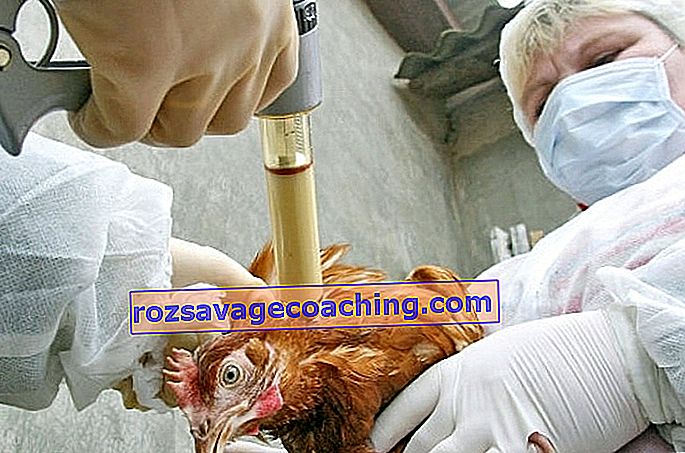
Reviews
On the Internet, you can find many positive reviews about Maran chickens. The high quality of large eggs and the unique taste of meat have won over more than one poultry farmer. Many novice chicken growers prefer first of all to start Maranov in their farm. They do not require special care, you just need to adhere to the basic rules for their content.

The owners of this unusual breed of chickens are pleased with their quiet and calm nature. Such birds rarely provoke conflicts in the flock. The coop should be well heated and clean, in such an environment, the hen will produce more eggs. If you add a balanced diet to this list, you will also be able to avoid various diseases among birds.
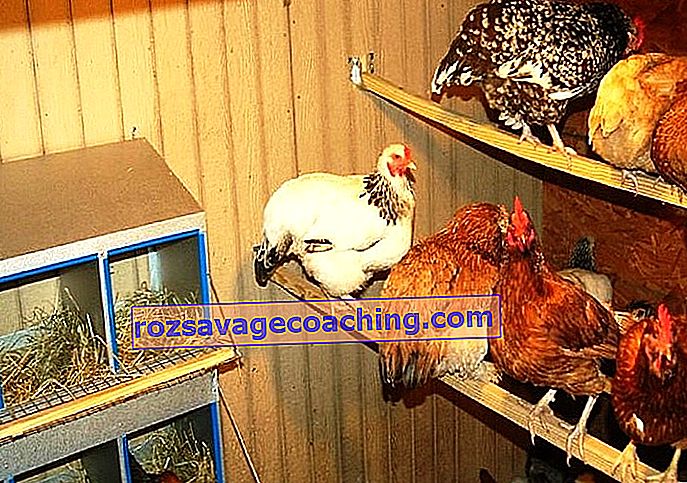
Breeding such chickens is not particularly difficult. The high survival rate of embryos contributes to the release of large and healthy offspring. Only now you have to pay attention to the hatching process itself, in order to help the chickens hatch if something happens . Maran chickens are a very popular breed in small and large farms. The demand for these birds continues to grow. Delicious products and ease of maintenance are exactly what many owners of this breed of birds like so much.

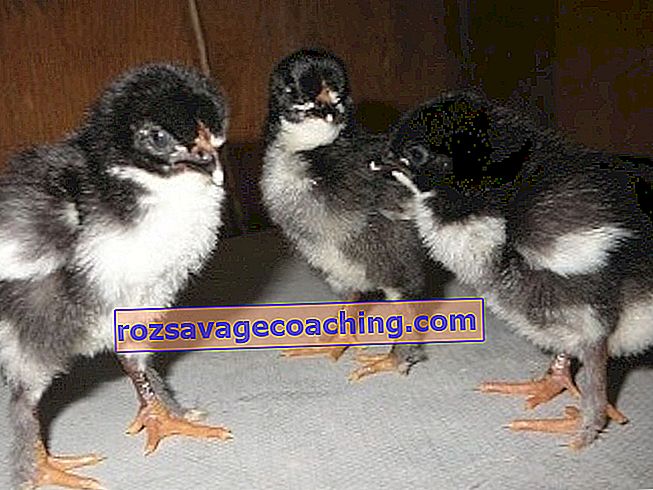
For information on how to maintain and care for maran chickens, see the next video.